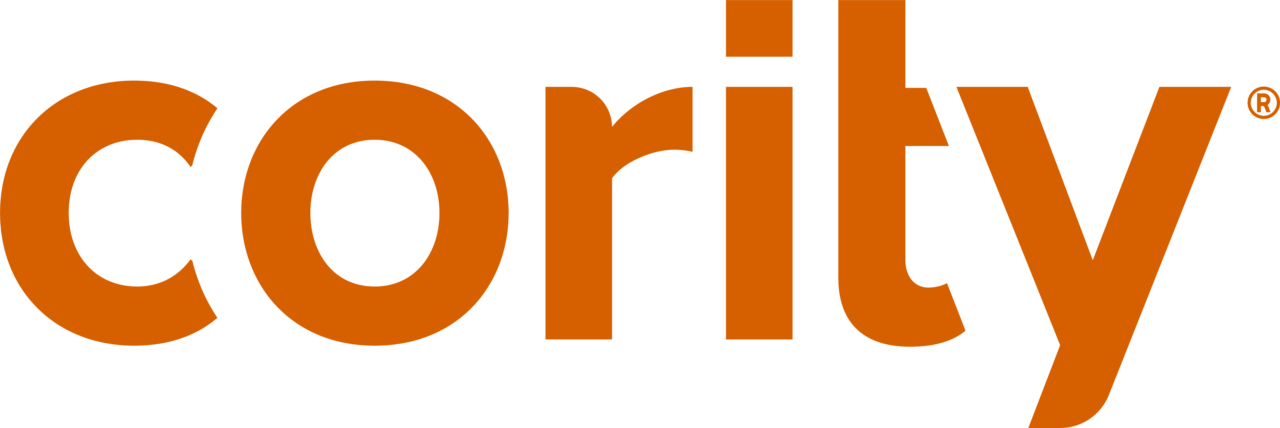If you work in the automotive industry, your quality management system and software tools have to adhere to several domestic and international standards. IATF 16949 (replacing ISO/TS 16949) is arguably the most critical to success, but companies continue to make the same mistakes when preparing for third-party certification audits.
This blog post covers some of the top findings during an IATF 16949 automotive certification audit and how enterprise quality management software (EQMS) can help avoid these all-too-common pitfalls.
Three Common Major Findings During an IATF 16949 Audit
It should come as no surprise that nonconformance can surface at any link in the quality management chain, particularly when you are coordinating a large base of suppliers and several service providers. However, automotive experts consistently cite these common major findings during an IATF16949 certification audit, such as:
- Control of measuring and monitoring devices
- Corrective actions
- Internal audits
Here is a brief breakdown of these facets.
Control of Measuring and Monitoring Devices
Without a doubt, you have heard the time-tested phrase “you can improve only what you can measure.” The spirit of this saying is absolutely true, and not just in the automotive industry. The undertone of this common finding suggests that gauge calibration often goes unnoticed until it is too late to correct. Quality management software can prevent this common pitfall by automatically reminding you when measuring and monitoring devices – and most important to an auditor, records of your calibrations and requirements – begin to deviate.
Corrective Actions
Given the attention your company pays to corrective actions, this common finding may surprise you. In all likelihood, you spend a large part of your workday coordinating or escalating corrective actions. The key is how to facilitate more efficient corrective actions without disrupting production and business processes, so quality management software provides a way to “smooth” the transition of corrective actions from employee to employee. Collaboration is critical to timely corrective actions, which EQMS facilitates quickly in an accountable system.
Internal Audits
Likewise, your company highly values the findings of internal audits; however, automotive manufacturers still fall short during internal audits, but why? The entire purpose of an internal audit is to pinpoint nonconformance before a third-party auditor finds weaknesses in your quality management system. EQMS strengthens internal audits by allowing you to better prepare, schedule, report and follow up on internal audits to avoid obvious shortcomings in processes before third parties find weaknesses.
Three Common Minor Findings During an IATF 16949 Audit
There are also common minor findings during an IATF 16949 audit. The truth is minor findings can add up to a major issue if not corrected in a timely manner. Three common minor findings include:
- Control of production
- Preventative and predictive maintenance
- Control plans
Here is a closer look at each of these findings and how quality management software can help you correct these common minor issues.
Control of Production
The root causes of minor nonconformance in the control of production can be numerous, and despite your best efforts, this common pitfall continually surfaces during IATF 16949 audits, but why? Going back to “you can improve only what you can measure,” you may find a disconnect between core quality management aspects, such as failure modes and effects analysis (FMEA), the product part approval process (PPAP), and their support processes. Quality management software improves visibility into these aspects holistically in a single system.
Preventative and Predictive Maintenance
Without an enterprise quality management system, you are more likely to overlook preventative maintenance issues simply because you lack visibility into the nuances of your company’s processes. You may have a mountain of enterprise data, but the amount of actionable information you can glean from these data may leave much room for improvement. Preventative and predictive maintenance is not a one-time event; it requires the continuous monitoring quality management software provides to do the job right the first time.
Control Plans
Still with regard to the theme of common yet surprising findings, auditors often cite minor nonconformance in control plans. Once again, given the attention you pay to control plans, this finding may surprise you, if not shock you outright. Shortcomings can occur when updating control plans as conflicting documents remain in circulation. Quality management software can handle all quality management documentation in a single system, which may prevent stale control plans from derailing your next IATF 16949 audit.
Certainly, the complete list of common pitfalls is extensive, but the findings discussed above represent the proverbial low-hanging fruits. EQMS helps you pinpoint these easy-to-correct inconsistencies before your next IATF 16949 audit. Without sound EQMS in place, you are more likely to overlook these common pitfalls.


